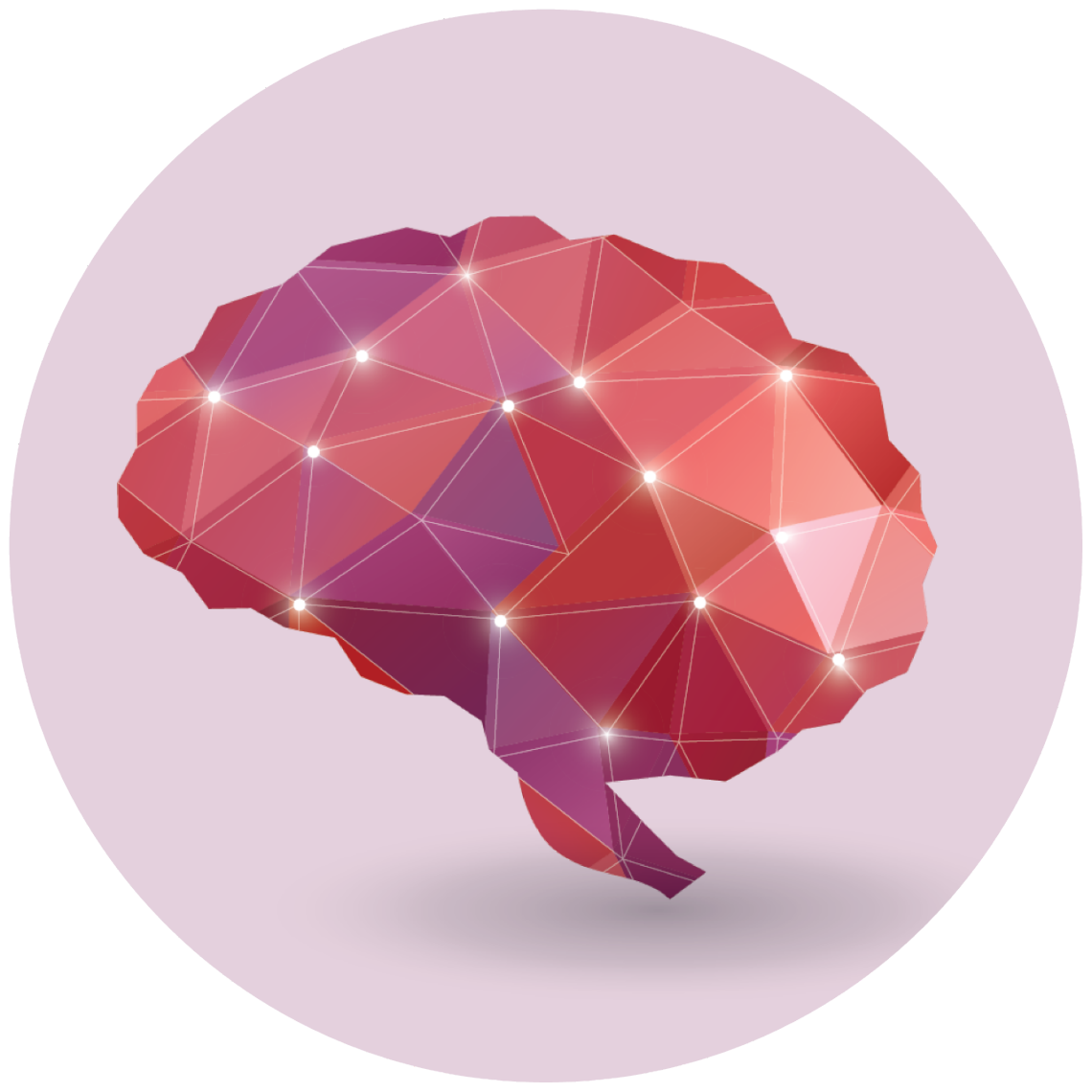AARP Hearing Center


Some of the biggest recent advances in diagnosing and treating neurodegenerative diseases center on biomarkers, the proteins found in blood and cerebrospinal fluid that can reveal when a certain disease exists, sometimes even before symptoms occur.
A new database — the largest-ever collection of data on proteins linked to brain diseases like Alzheimer’s, Parkinson’s and amyotrophic lateral sclerosis (ALS) — is expected to help scientists speed up the search for effective treatments.
“The scale and depth of the dataset … make it an extraordinary resource with the potential to transform how we study, detect and treat neurodegenerative diseases,” said Simon Lovestone, global head of discovery and translational research for Janssen Neuroscience at Johnson & Johnson, in a news release.
Backed by Gates Ventures and Johnson & Johnson, the Global Neurodegeneration Proteomics Consortium (GNPC) consists of 23 institutions that have contributed neurodegenerative disease data on biomarkers from 35,000 blood and cerebrospinal fluid samples from across the world. The information will be available to researchers for free.
The GNPC is a perfect example of what is possible when scientists around the world work together, says Bill Gates, the founder of Gates Ventures, who teamed up with Johnson & Johnson to form the consortium in 2023.
“The results have exceeded even our wildest expectations,” Gates wrote in an editorial published July 15 in Nature Medicine, noting that consortium members studied 250 million protein measurements from blood and spinal fluid in its first year.
AARP Brain Health Resource Center
Find in-depth journalism and explainers on diseases of the brain — dementia, stroke, Parkinson’s disease, mental-health topics. Learn about healthy habits that support memory and mental skills.
The value of the data
Around 2007, researchers showed that they could see protein changes in blood that reflect disease. But there’s been a lack of access to large amounts of high-quality, standardized data for scientists to use, says Carlos Cruchaga, a genomicist and director of the NeuroGenomics and Informatics Center at Washington University in St. Louis, who used GNPC data in his research.
The GNPC gives access to protein data spanning multiple neurodegenerative diseases, Cruchaga says. This can be especially helpful to understand similarities and patterns of neurodegeneration, which is still not fully understood.
Another advantage of the GNPC data is that researchers won’t have to start studies from scratch, collecting their own samples to conduct those studies. “That is going to open the door for new biomarkers and diagnostic tools,” Cruchaga says.



































































More From AARP
What Is Vascular Dementia?
Lack of blood flow to the brain can cause trouble with thinking and motor skills
12 Tips for Parkinson’s Disease Self-Care
Practical ideas for physical, mental and emotional well-being
AARP Smart Guide to Keeping Your Memory Sharp
22 science-backed ways to growing a healthier, happier brain, now and in the future